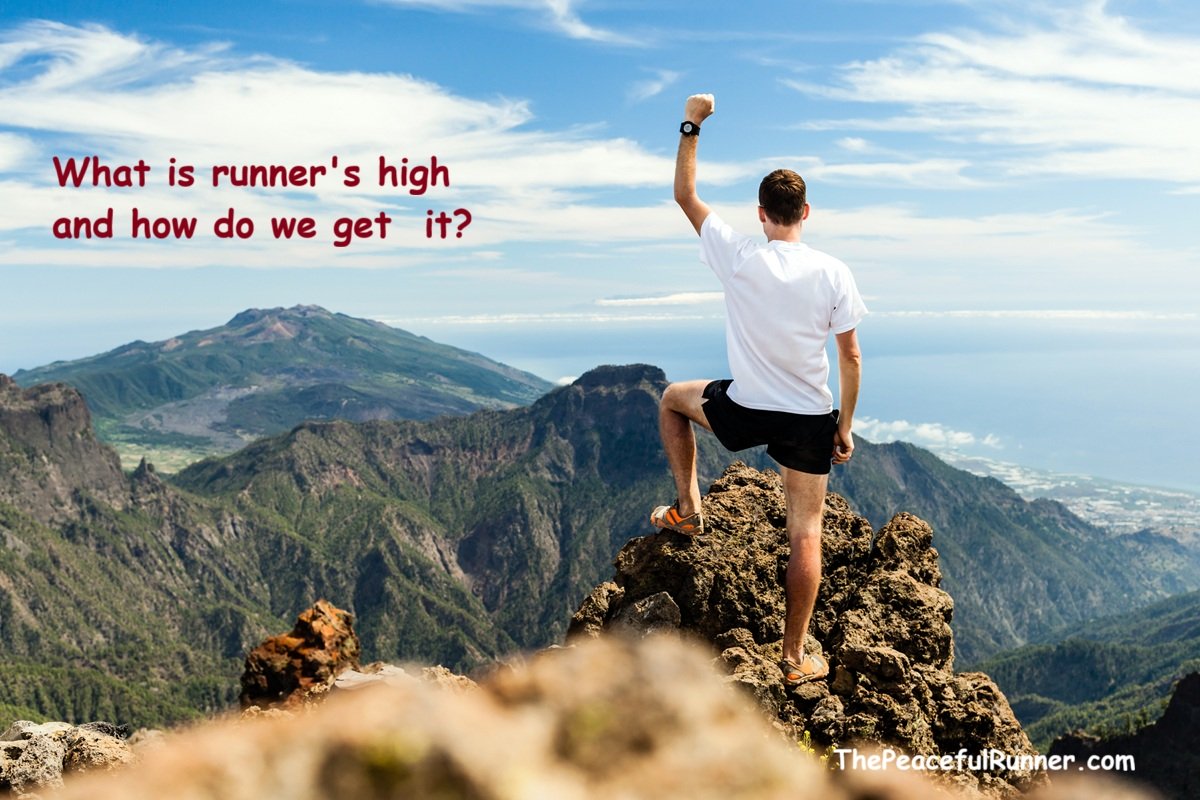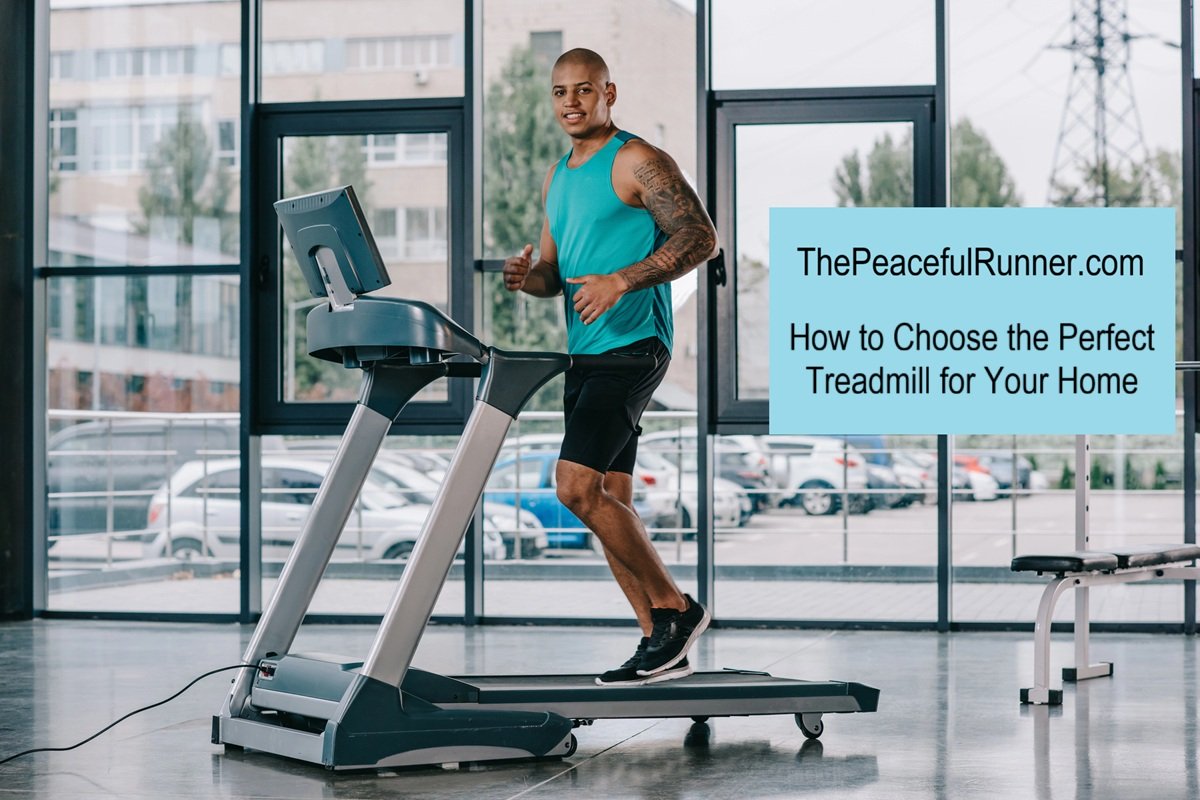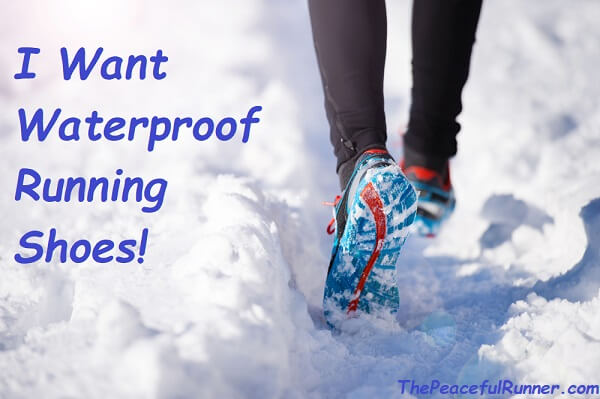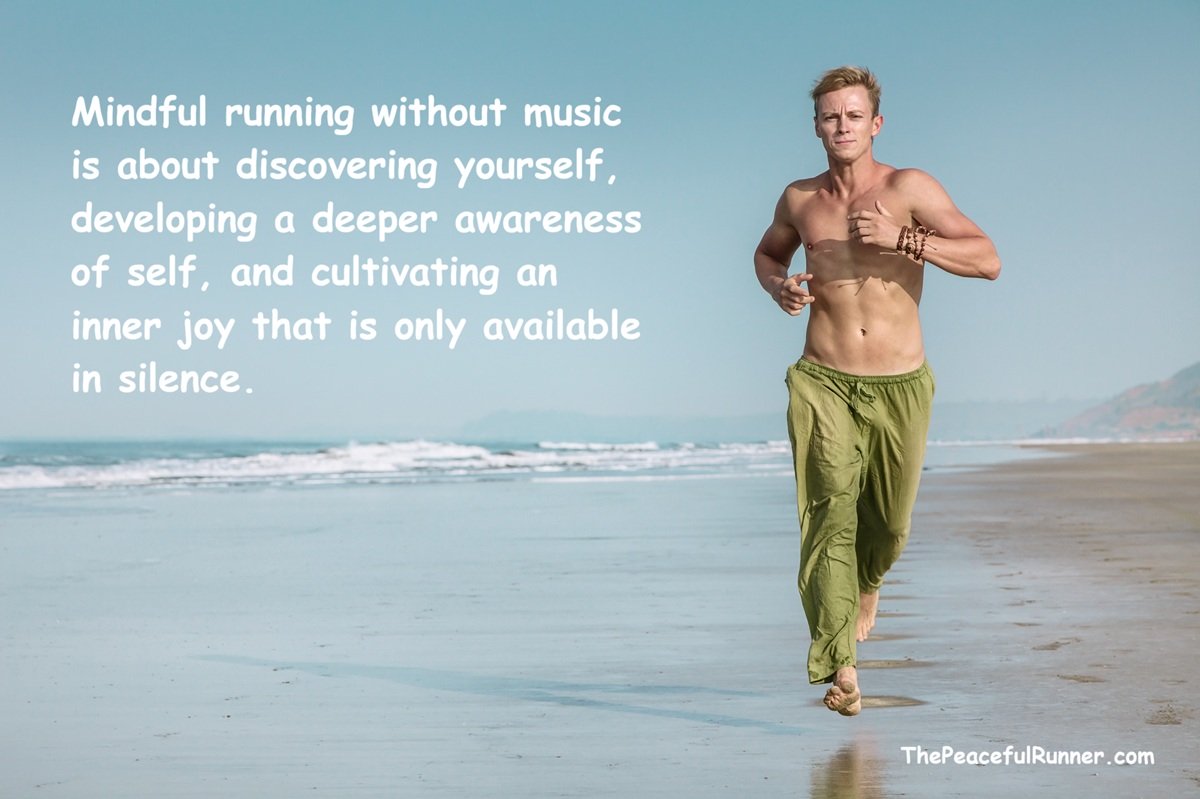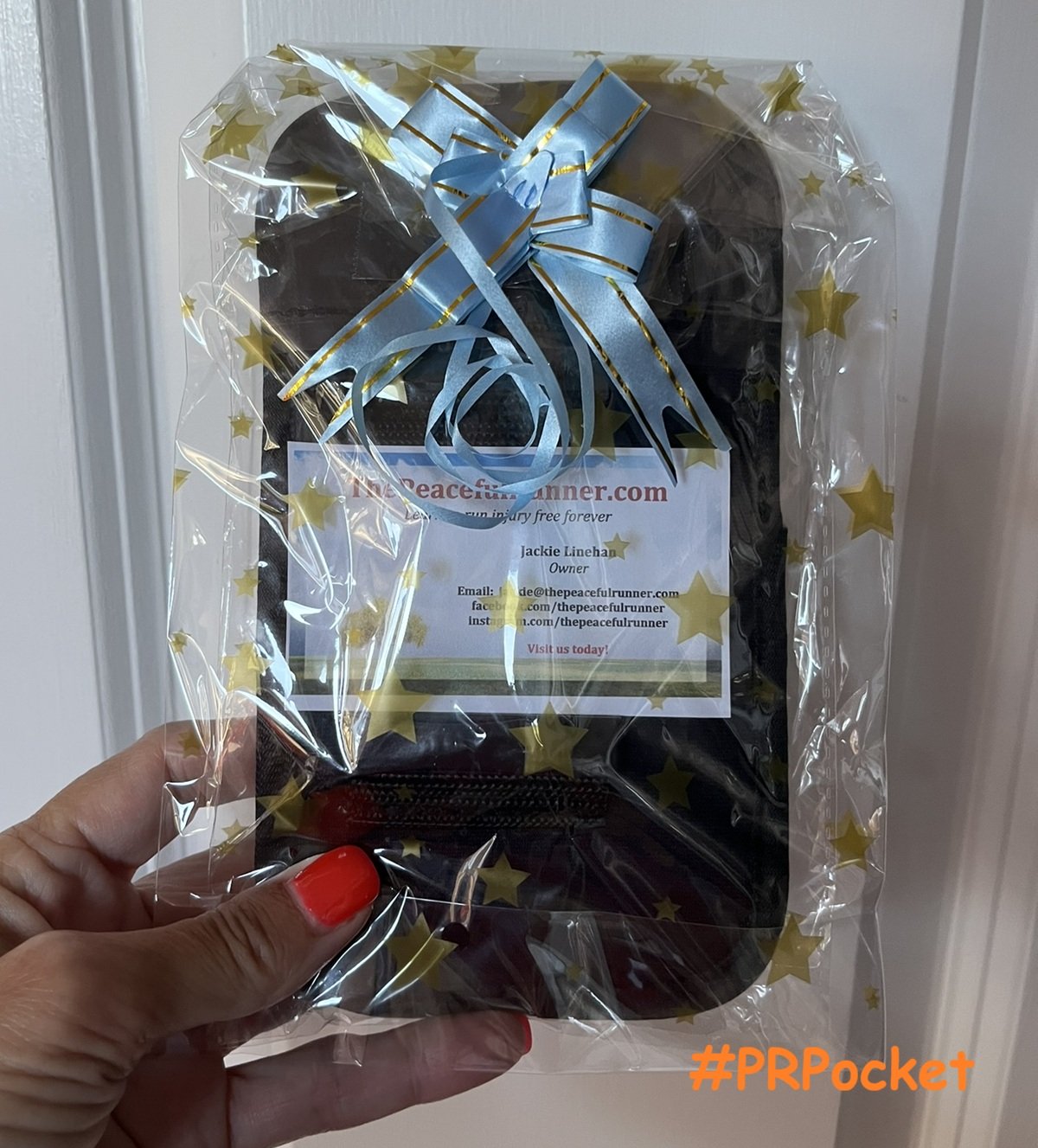- Home
- Running Injuries
- Calf Pain
Calf Pain from Running
FTC Disclosure: As an Amazon Associate, I earn from qualifying purchases. Learn more
If you have calf pain from running, it can become one of the most frustrating injuries with a long recovery period but it doesn't have to be. Find out where the problem is and how to best deal with it for a speedy recovery and to prevent it from becoming an injury.
I recently experienced a problem with pain in my calf that was occurring inconsistently. I experienced pain during one run and had to stop running for a few days. I resumed running again and had no pain for few runs, and then I experienced a very painful run and had to stop and walk! My calf pain was a bit of a mystery to me so I decided to have it checked.
I booked an appointment with my reflexology lady, who is also a massage therapist. She told me the pain in my calf was being caused by my very tight ankle muscles as they were restricting blood flow to my calves. She worked to loosen my ankles as much as possible and recommended a few exercises to do at home to loosen them and get the blood flowing properly to my calves.
She recommended that I practice rotating my foot by sitting in a chair, raising my leg and simply making circles in the air with my foot. She also suggested that I place a ball under my foot and try to write my name on the floor with the ball. Following her advice, I also applied heat to the sore area using a hot water bottle and elevated it whenever possible. All these practices were very helpful in healing my calf pain quickly.
Self Massage
In addition, I used self massage on both my calves and my feet. I think it really helped to relax all the muscles in those areas. Self massage also helps to get the blood circulating quickly and it helped me to identify exactly where the soreness was. When I was experiencing pain while running, it felt like my entire calf was sore, but after massaging it, I discovered that the sore spot was actually in the lower, smaller muscle of my calf, known as the soleus. The main calf muscle is the gastrocnemius and is located in the widest part of the calf. To my surprise, I also discovered a sore spot in one of my feet which was eased by massaging it.
Relaxing the ankles
Another practice that was helpful in preventing the pain from returning was to keep my ankles relaxed when running. I imagined that they were very loose and I let gravity pull my foot downwards every time I raised each leg while running. Uphill running had been particularly painful, but when I really focused on keeping my ankles relaxed, there was no pain.
When to seek professional help
I was very grateful that my calf healed very quickly and I was able to return to my regular running regime. However, calf pain can be much more persistent and can also indicate a more serious health issue.
If you have difficulty walking, pain while sitting or pain during the night, you should see a doctor and have it checked.
If you have a pulled or torn calf muscle, rest is essential and no stretching for the first few days as it could worsen the condition. If you have inflammation, a cold pack is recommended during the first 24-48 hours.
If you have tight calf muscles, using a foam roller is one of the best ways to quickly stretch them. Other exercises are included in the video below.
Listening to a Guided Running Injury Healing Meditation will help you recover faster as you are totally relaxed and completely focused on allowing your body to heal.
Using Leg massagers are a passive and effective method for relaxing those tight calf muscles and for improving circulation especially the models that use air compression.
7 Exercises to Prevent Calf Pain
The following video from Runners Connect provides good information on the most common cause of calf strain and how to prevent it.

Have you experienced calf pain while running? Please share your experience in the comments below.
Back to top of Calf Pain
Return to Running Injuries
- Home
- Running Injuries
- Calf Pain
FTC Disclosure: As an Amazon Associate, I earn from qualifying purchases. Learn more
NEW FEATURE - DISQUS COMMENTS!
Login using Facebook, Twitter, Google or Disqus.
Recent Articles
-
Have you ever had a run where everything suddenly felt effortless?
Dec 18, 25 11:01 AM
-
How to Choose the Best Treadmill for Your Home
Dec 10, 25 07:13 AM
-
Winter Running Tips and the Best Waterproof Running Shoes
Nov 15, 25 01:55 PM
-
When the Music Stops, Awareness Begins
Nov 05, 25 10:54 AM
-
Get yours in time for gift giving!
Oct 24, 25 12:32 PM
-
Change How You Deal with Running Pain
Oct 10, 25 08:53 AM
-
Surprising Benefits of Backwards Running
Sep 15, 25 12:40 PM
-
It's an Awesome Product!
Aug 28, 25 09:25 AM
I went out for a walk this morning and I used the #PRPocket for the first time. I had to check at least 3 times because I thought I lost my phone (iPhone -
Running in Hot Weather: What Every Runner Needs to Know!
Aug 14, 25 01:00 PM
-
Sick of Dieting? You’re Not Alone — And There Is a Better Way.
Jul 30, 25 12:18 PM







